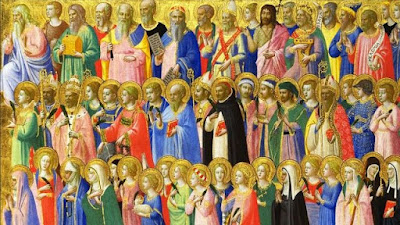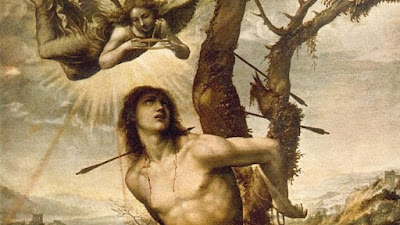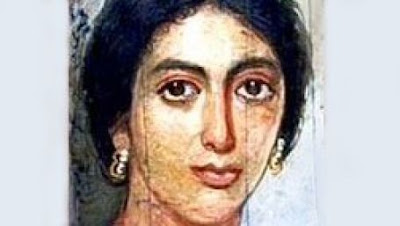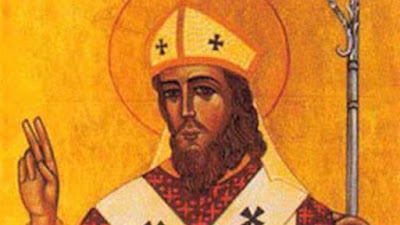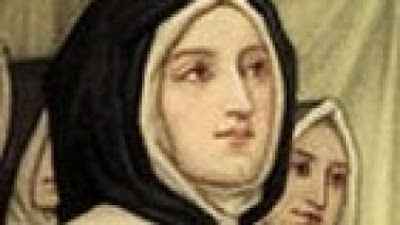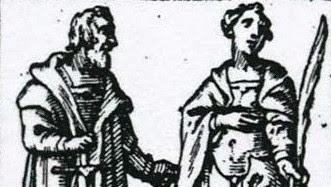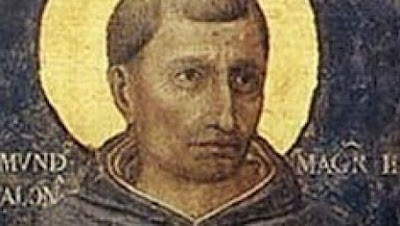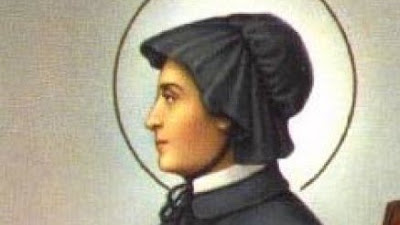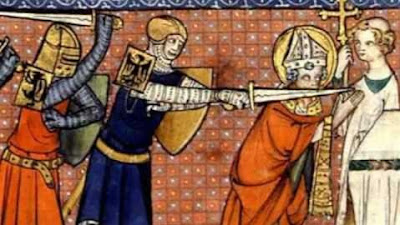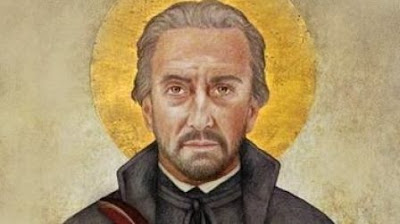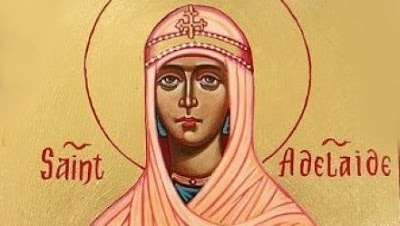St. Josephine Bakhita, Patron Saint of Sudan

Optional Memorial - February 8th There are many types of slavery and also many types of freedom. For some, who appear outwardly free, the slavery is internal and has various guises, such as attitudes that entrap, hurtful emotions that have not healed, or addictions which cripple and bind. Then there are people who seem trapped, but who have actually achieved an inner freedom of spirit that nothing in the world can overcome. Saint Josephine Bakhita, who was born in the Darfur region of southern Sudan around 1868, belonged to the later. Her story began in slavery and ended in sainthood. No one knows what her parents had called her. The child, who would eventually be known as Josephine, was kidnapped by Arab slave traders when she was barely seven years old. It was they who gave her the name Bakhita which, ironically, means “fortunate” or “lucky.” For several years, her name appeared to be a cruel joke, as she was sold and resold, to an Arab chieftain and then to a Turkish milita

